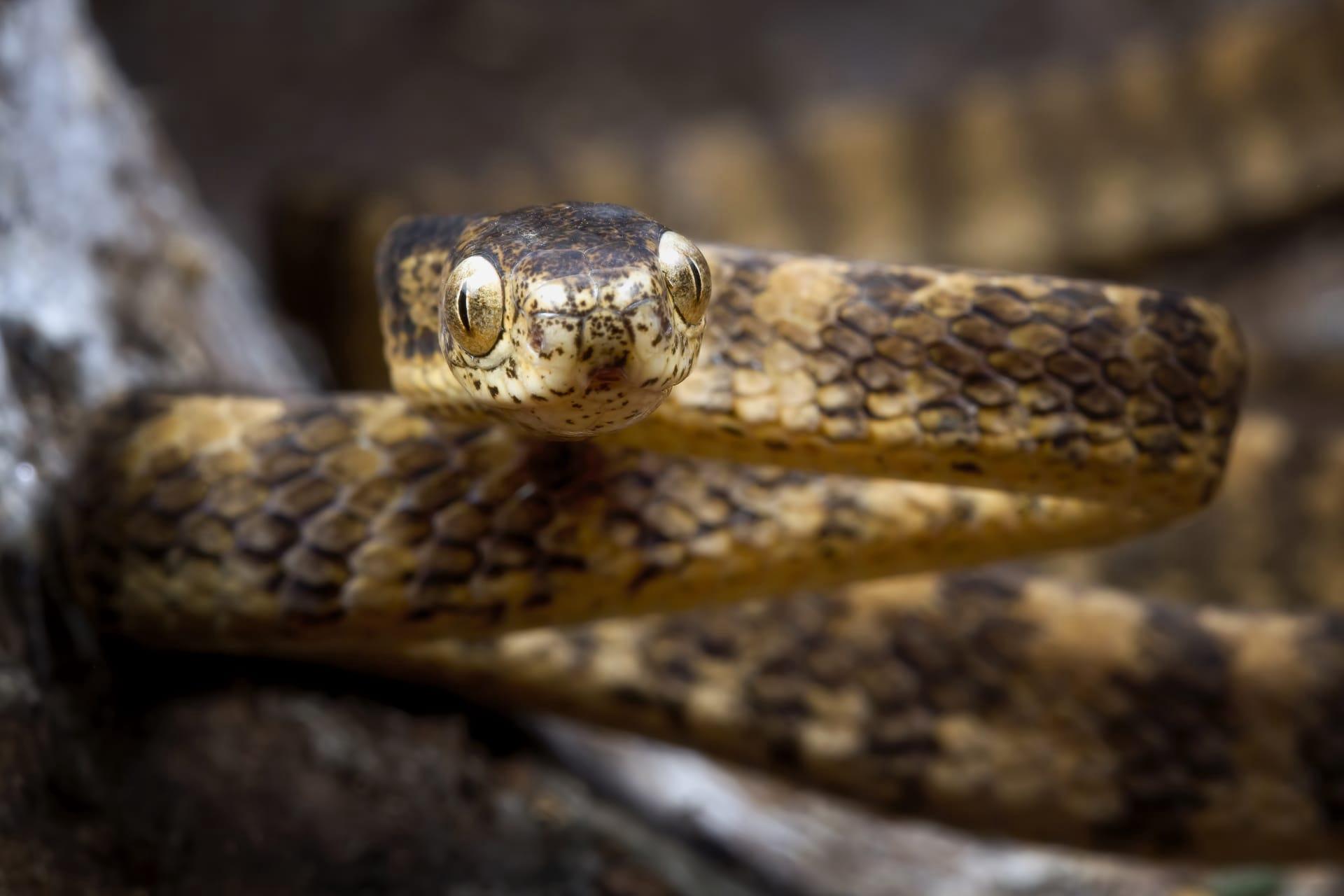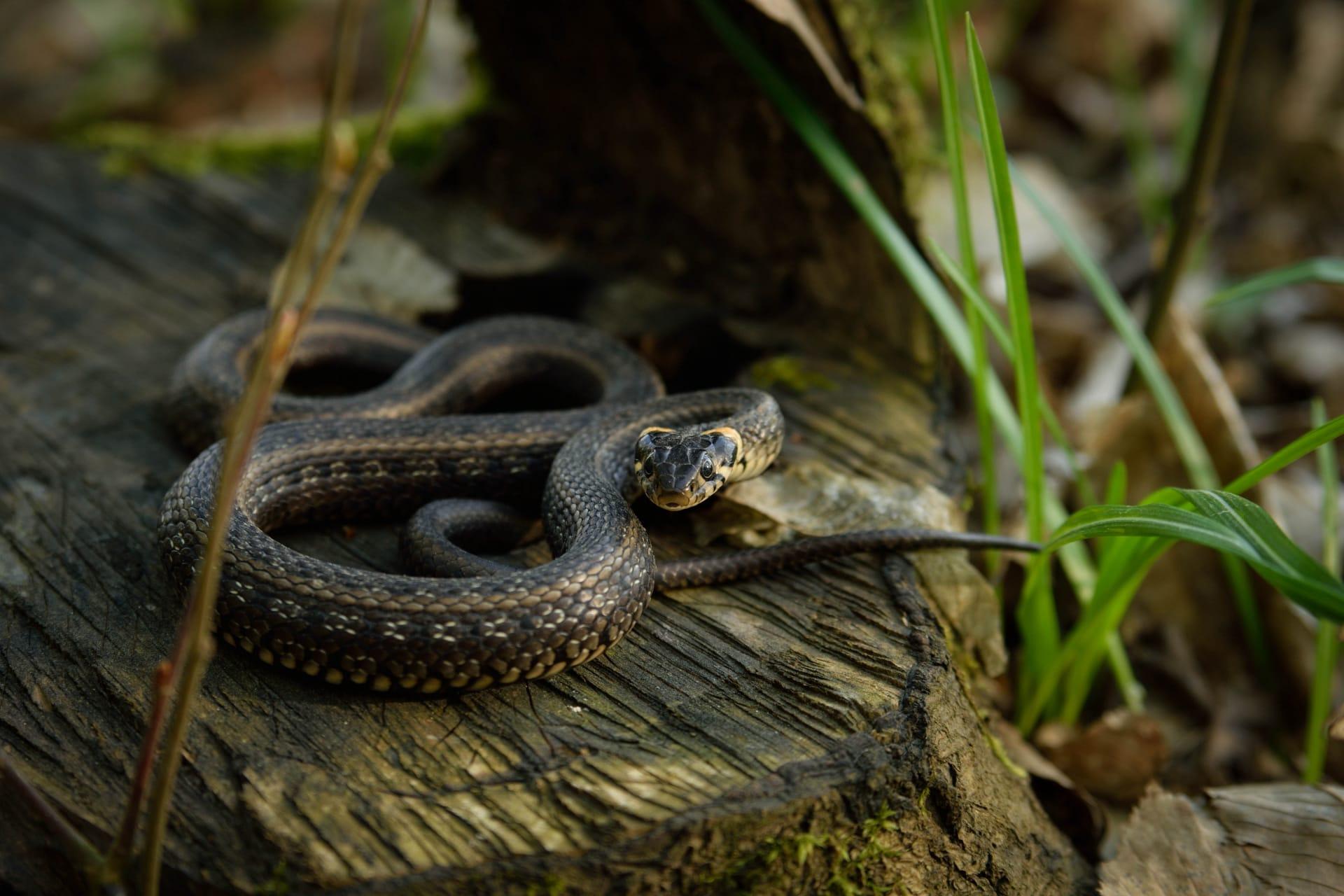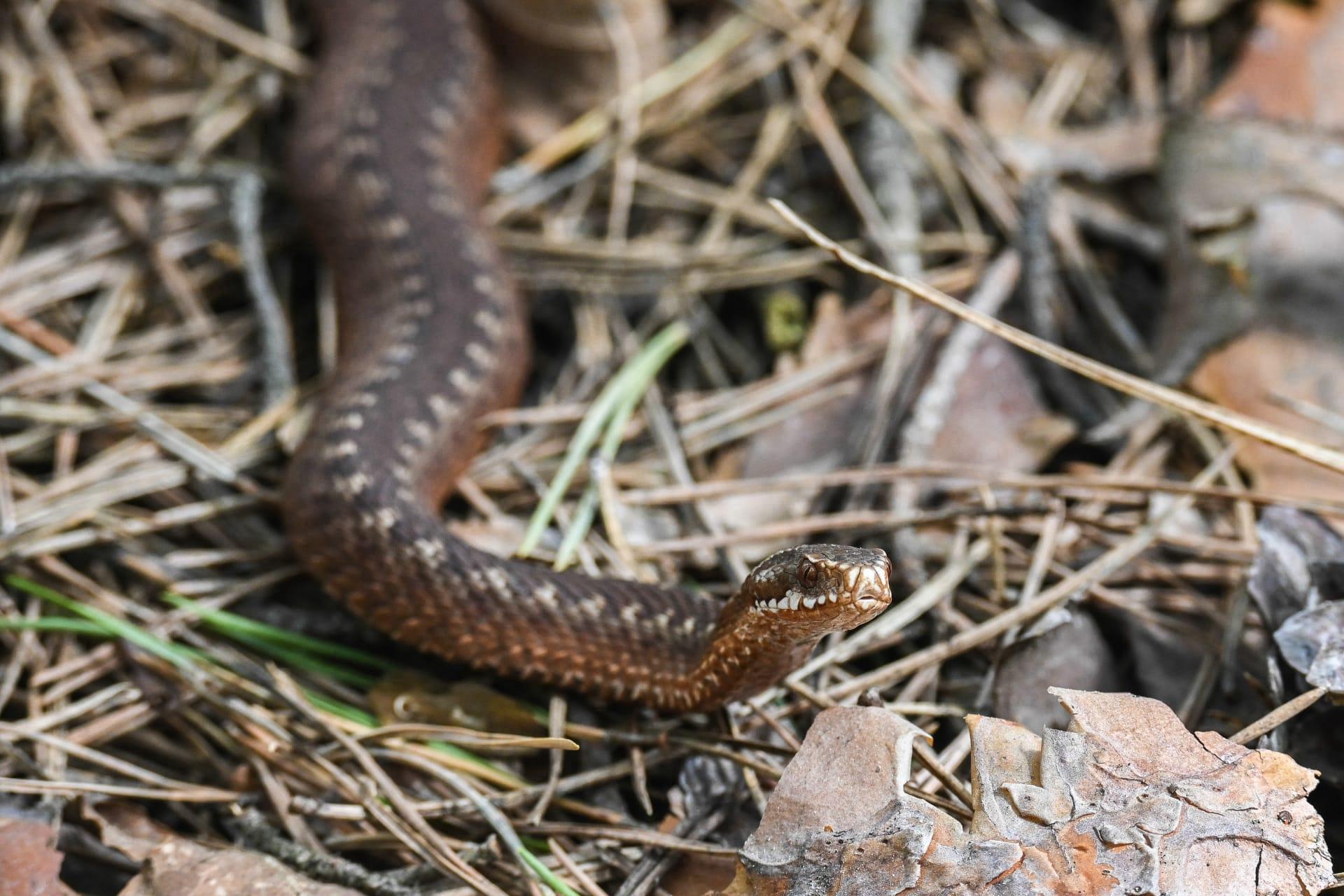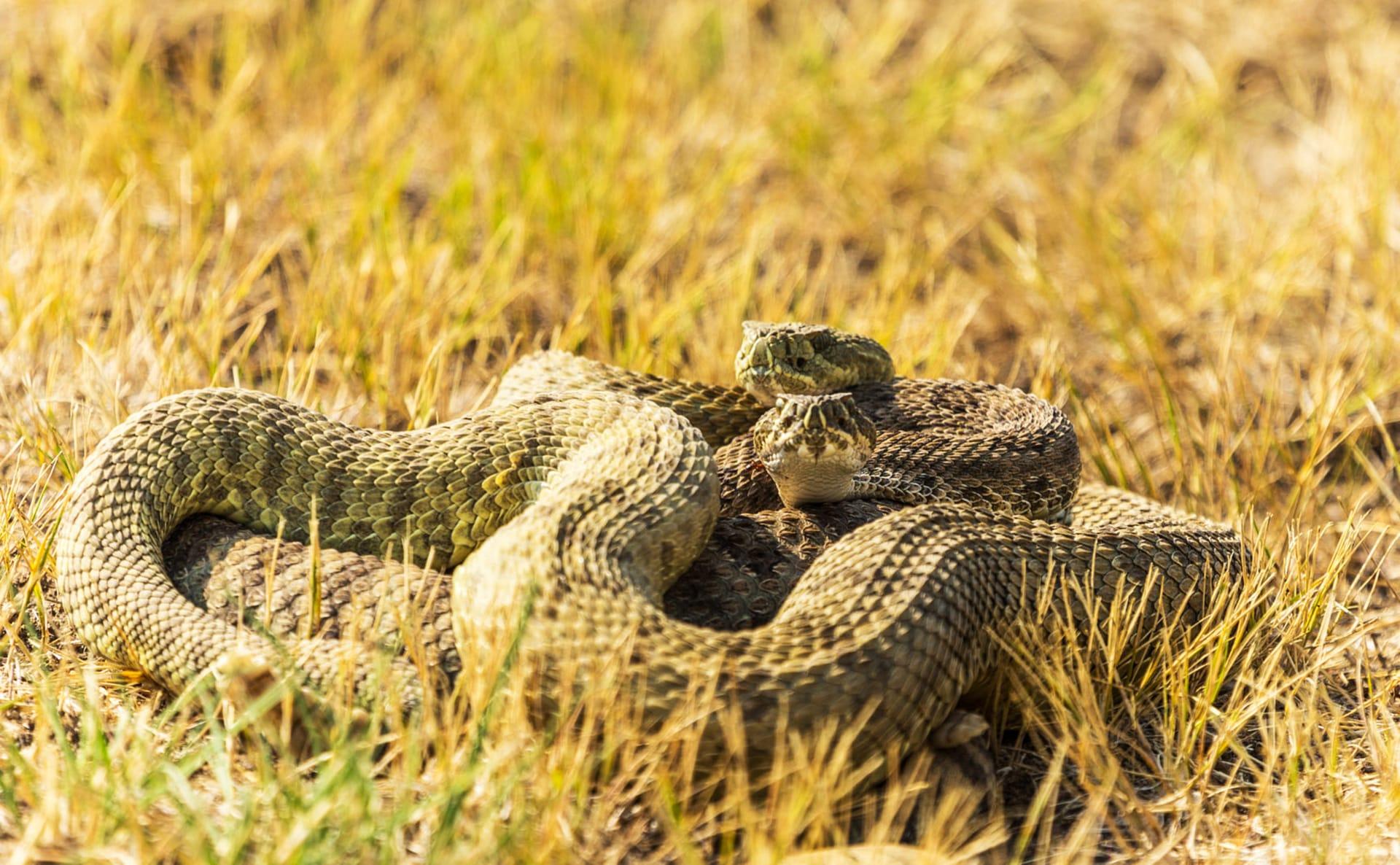Grass Snake Characteristics
- Home /
- Mini Encyclopedia /
- Animal /
- Grass Snake Characteristics
1
Grass Snakes, scientifically known as Natrix natrix, are fascinating creatures with distinct physical characteristics. They typically measure between 90 to 150 centimeters in length, with females generally larger than males. Their average lifespan in the wild ranges around 15 to 20 years, a testament to their resilience and adaptability. Grass Snakes are predominantly green or brown, with a distinctive yellow and black collar around the neck, which is a key identifying feature. Their slender bodies are perfectly designed for their lifestyle, enabling them to swiftly navigate through grass and water.
One of the most remarkable organs of the Grass Snake is its Jacobson's organ, located in the roof of its mouth. This unique biological feature plays a critical role in their survival. The Jacobson's organ is essentially a sensory receptor that allows Grass Snakes to "taste" the air. By flicking their tongue, they collect airborne particles and transfer them to the Jacobson's organ. This process provides them with crucial information about their surroundings, including the presence of prey or predators, enhancing their ability to hunt and evade threats.

2
Question: Do Grass Snakes pose a threat to humans?
Answer: Contrary to some common fears, Grass Snakes are non-venomous and pose no threat to humans. They are actually quite timid and tend to avoid confrontation. If they feel threatened, Grass Snakes may play dead or produce a foul-smelling substance to deter predators. Their diet mainly consists of amphibians, particularly frogs and toads, which they hunt using their keen sense of smell. Therefore, while they might startle someone with their sudden appearance, they are harmless and play a vital role in controlling amphibian populations in their natural habitats.

3
Grass Snakes exhibit remarkable movement characteristics that are both efficient and graceful. They are excellent swimmers, often seen gliding through water in search of food or refuge. On land, they move with a serpentine motion, undulating their bodies side-to-side, which propels them forward. This movement is both smooth and swift, allowing them to navigate through their grassy habitats with ease and agility.
In terms of hunting, Grass Snakes display fascinating behaviors. They primarily feed on amphibians, using their acute sense of smell to locate prey. Once they find their target, Grass Snakes can strike quickly and with precision. They typically swallow their prey whole, thanks to their highly flexible jaws that can expand to accommodate large meals. This method of feeding is efficient and well-suited to their diet, allowing them to thrive in various environments.

4
Grass Snakes are commonly found in a range of environments across Europe and western Asia. They thrive in moist habitats such as riverbanks, wetlands, and meadows. These areas provide ample opportunities for hunting and also offer shelter from predators. Grass Snakes are also known to inhabit gardens, providing they are near a water source. The presence of a water body is crucial as it not only serves as a hunting ground but also as a refuge when they feel threatened.
The reproduction of Grass Snakes is another intriguing aspect of their life. They breed in the spring, and by late summer, females lay between 10 to 40 eggs, often in rotting vegetation or compost heaps. These locations provide the necessary warmth for incubation. The eggs hatch after about 40 to 60 days, and the young snakes are independent from birth. They are born with all the necessary skills to survive, including hunting and self-defense mechanisms, which they continue to hone as they grow.

5
Book: "The Secret Life of Snakes" by David Marshall, published in the United Kingdom in 1998. This book provides an in-depth look into the world of snakes, including a detailed chapter on Grass Snakes. Marshall, a renowned herpetologist, delves into their habits, habitats, and unique behaviors. The book is acclaimed for its accessible language and engaging narrative, making it a favorite among both experts and enthusiasts. It offers a comprehensive overview of snake biology, with a special focus on the ecological role of Grass Snakes.
Book: "European Reptiles: A Field Guide" by Peter Roberts, published in Germany in 2005. This guidebook covers a wide range of reptiles found in Europe, with a significant section dedicated to Grass Snakes. Roberts, a wildlife biologist, provides detailed descriptions, high-quality photographs, and insights into the behavior and distribution of these fascinating creatures. The book is aimed at naturalists and herpetologists, offering practical information for identifying and understanding Grass Snakes in their natural habitat. Roberts’ expertise shines through in the detailed observations and tips for wildlife watchers.